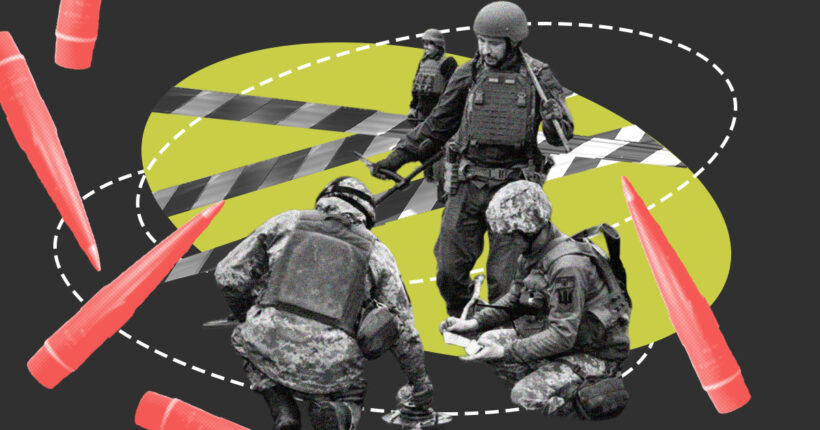
To achieve these goals, Ukraine needs to engage international partners, increase the number of demining specialists, and use innovative solutions. Together with an expert, Rubryka explored these solutions and what communities can do to support the process.
757 years for demining — fact or myth?
Tymur Pistriuha, the Chair of the Board of the Ukrainian Deminers Association (UDA), says that these significant figures are usually just estimates based on the successful experiences of other countries. "They take the case of a country like Cambodia or Croatia and apply it to our situation, scaling it up, which leads to the 757-year estimate," he says.
He believes this approach is flawed because, in Ukraine's case, the focus should not be on complete demining but rather priorities. "Humanitarian demining isn't just about removing mines for the sake of it. It's about returning the land to the end user with the necessary safety and quality guarantees. It's about restoring land for its intended use," the UAD chair adds.
In humanitarian demining, one must determine the purpose for which the land will be used. For instance, if it's a field where only the top 15 cm of soil will be used for agriculture, only that depth will be cleared. The demining operator will then certify that the land has been checked to that depth, guaranteeing and warning that dangerous objects might be found deeper.
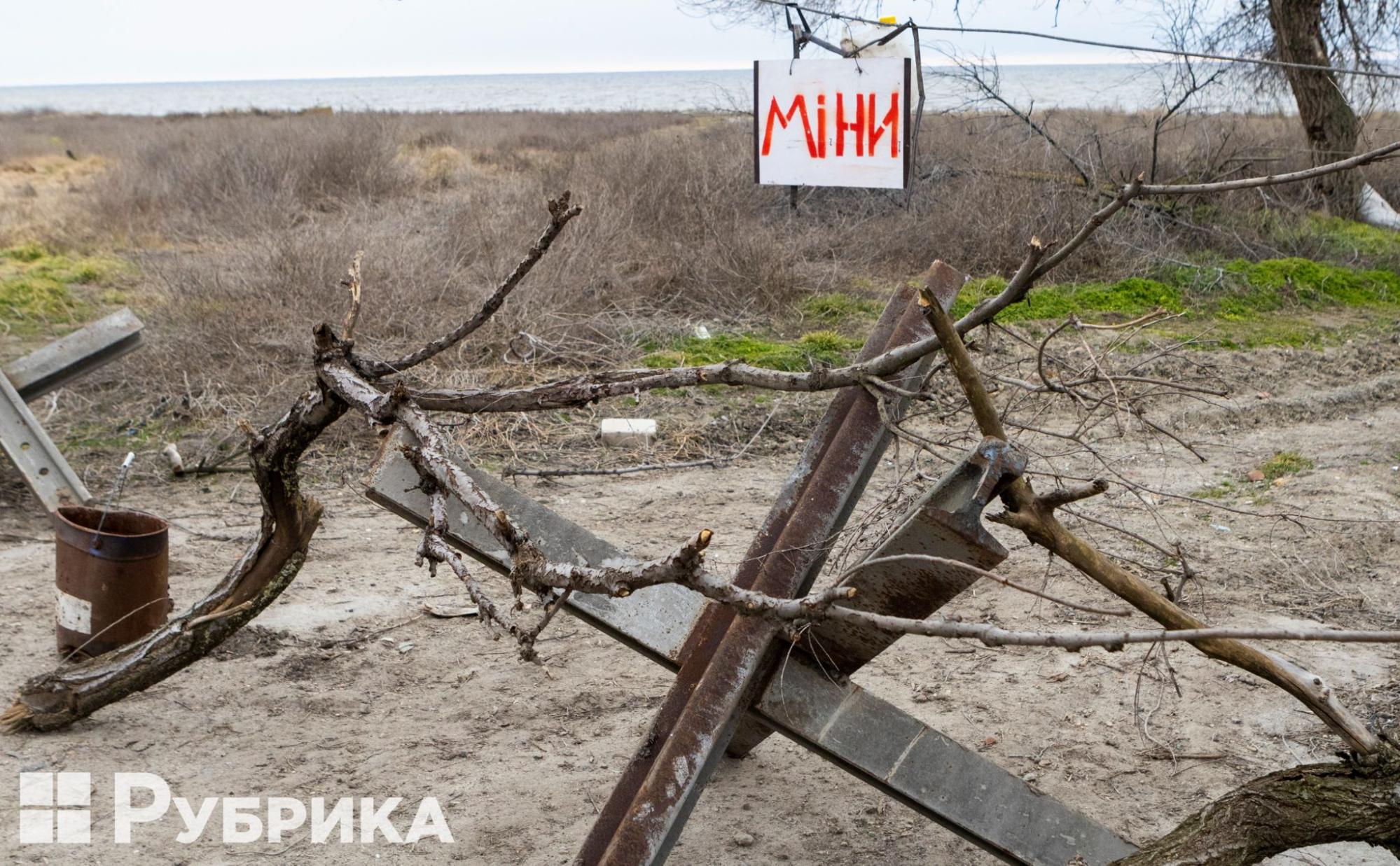
A "Mines" sign hangs above the Czech hedgehogs, indicating restricted access to the beach area. Photo: Rubryka
"Demining involves a so-called 'residual risk,' which is always there. If we're tasked with checking to a certain depth, we cannot guarantee that a World War II-era shell isn't lying at a different depth," says Tymur Pistriuha.
He adds that if there were a brilliant, quick solution for demining, the global community, which has been dealing with this issue for a long time, would have already found it.
Who will demine Ukraine?
Before 2021, Ukraine had only four certified demining operators. Now, there are over 40 — both Ukrainian and foreign. In early 2024, this number was half as much, and since demining remains a critical issue, it's expected to grow.
Before the full-scale war, foreign organizations worked only in the eastern Donetsk and Luhansk regions, scared by the Russian invasion of 2014. These were, and often still are, non-profit international organizations that fund their activities through donors (UN agencies, foreign governments, etc.) and operate in many conflict zones. Currently, their projects are often focused on demining land for Ukrainian farmers.
The support of major donors is crucial, as demining is expensive, and many cannot afford it. UDA's Tymur Pistriuha explains why commercial projects are not operating in Ukraine: "It's harder for foreign companies here. Many of them initially entered Ukraine but are now less active. Some even consider closing their offices because they expected tenders and clients who could pay a lot, but that's not the case in Ukraine."
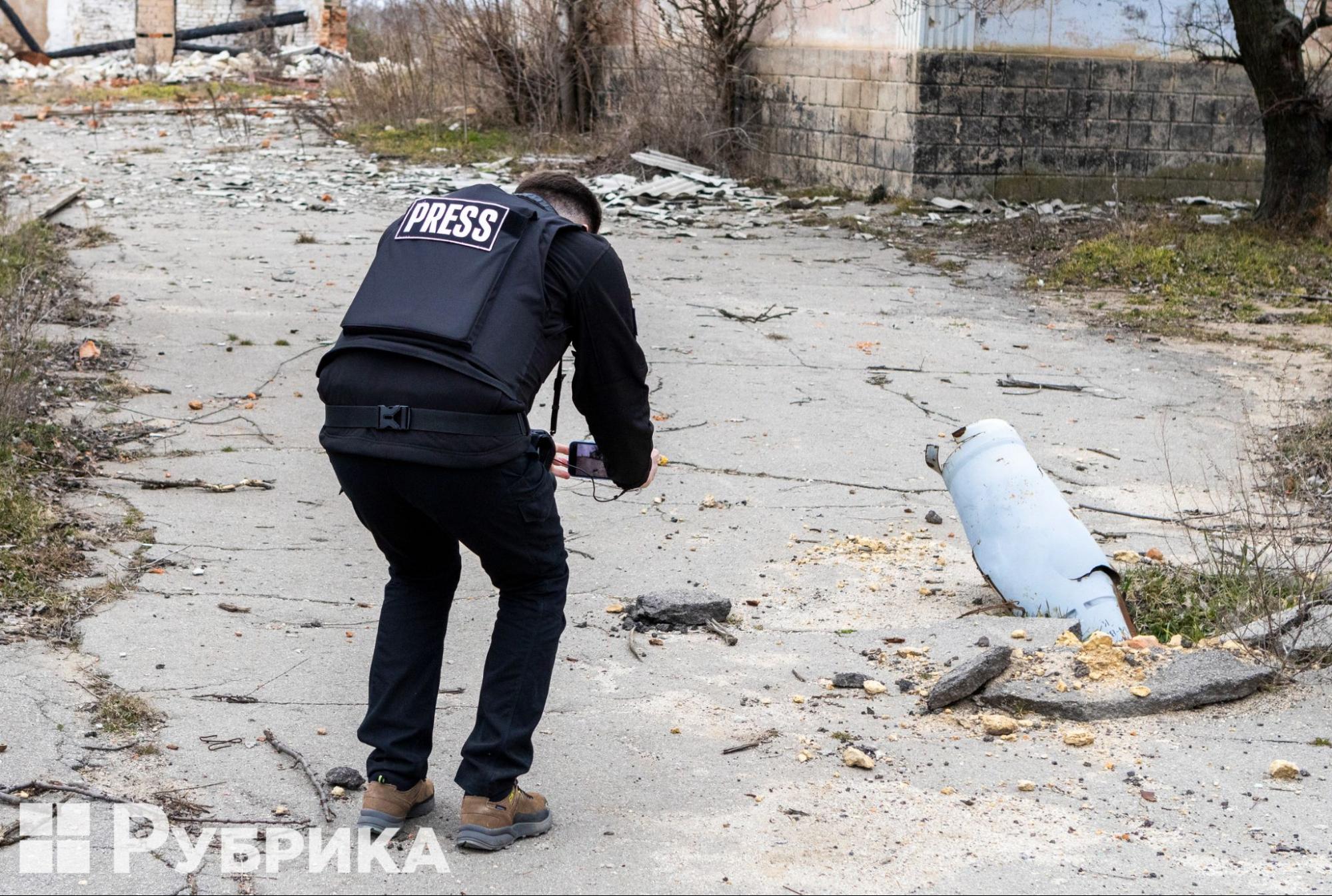
A reporter captures an image of rocket debris. Photo: Rubryka
The certification takes time, which has become an issue for some companies. However, the UDA leader believes the procedure is necessary:
"I've always explained to [foreign companies] that Ukraine is not a 'banana republic' or a 'Third World' country. We have established legislation, a demining system, and national bodies that handle certification, all of which were in place even before the full-scale invasion," says Pistriuha.
Tymur Pistriuha believes the process, while complex, is not impossible.
"It's designed this way because it's written in blood — the blood of both demining operators and land users," says the UDA chair. "If we turn a blind eye to certain things just to move quickly, there could be serious consequences. So, I think the issue isn't with our system but with the attitude of international companies that struggled to pass these certifications and complained to their embassies, which then reached out to donors."
Pistriuha assures that Ukraine simplified the process. "Now, you can even apply for certification through the online Diia platform, but we can't simplify it to the point where just registering a legal entity and hiring one sapper qualifies you as an operator. It doesn't work like that."
Companies can expect the launch of a demining market in Ukraine. Meanwhile, the Ministry of Economy has established a program to compensate farmers who clear their lands through certified operators. According to Pistriuha, once the market is established, it will include international organizations and commercial companies, including Ukrainian ones.
Training sappers and developers
Ukraine experiences a critical lack of sappers because of the vast areas that need to be cleared and the need for qualified specialists. This shortage impacts end users, who often wait months for demining services. Land is prioritized for demining based on urgency rather than on a first-come, first-served basis. Government bodies, demining centers, and local authorities set the priorities.
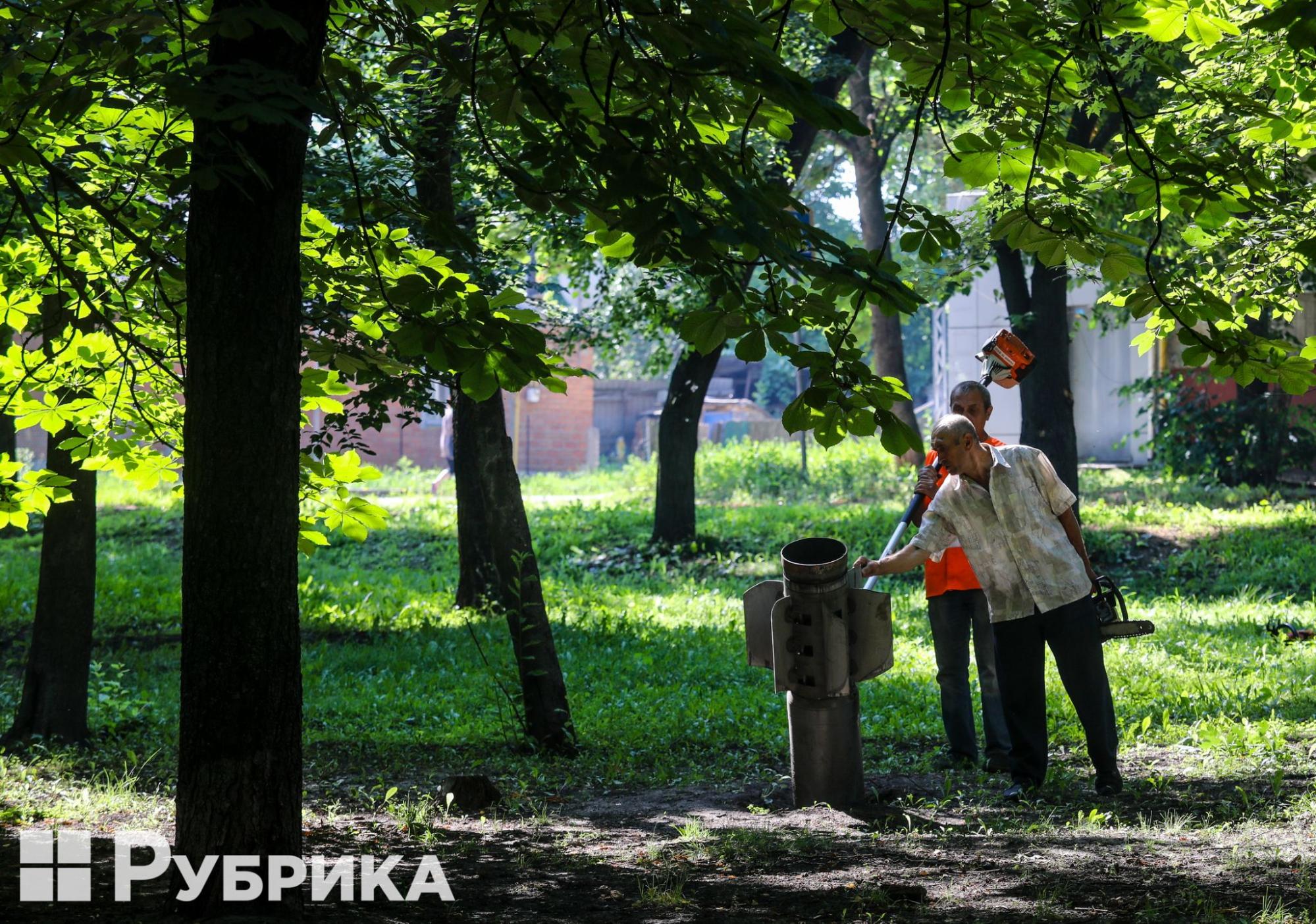
Two utility workers look at the unexploded rocket in the green area of a Ukrainian city. Photo: Rubryka
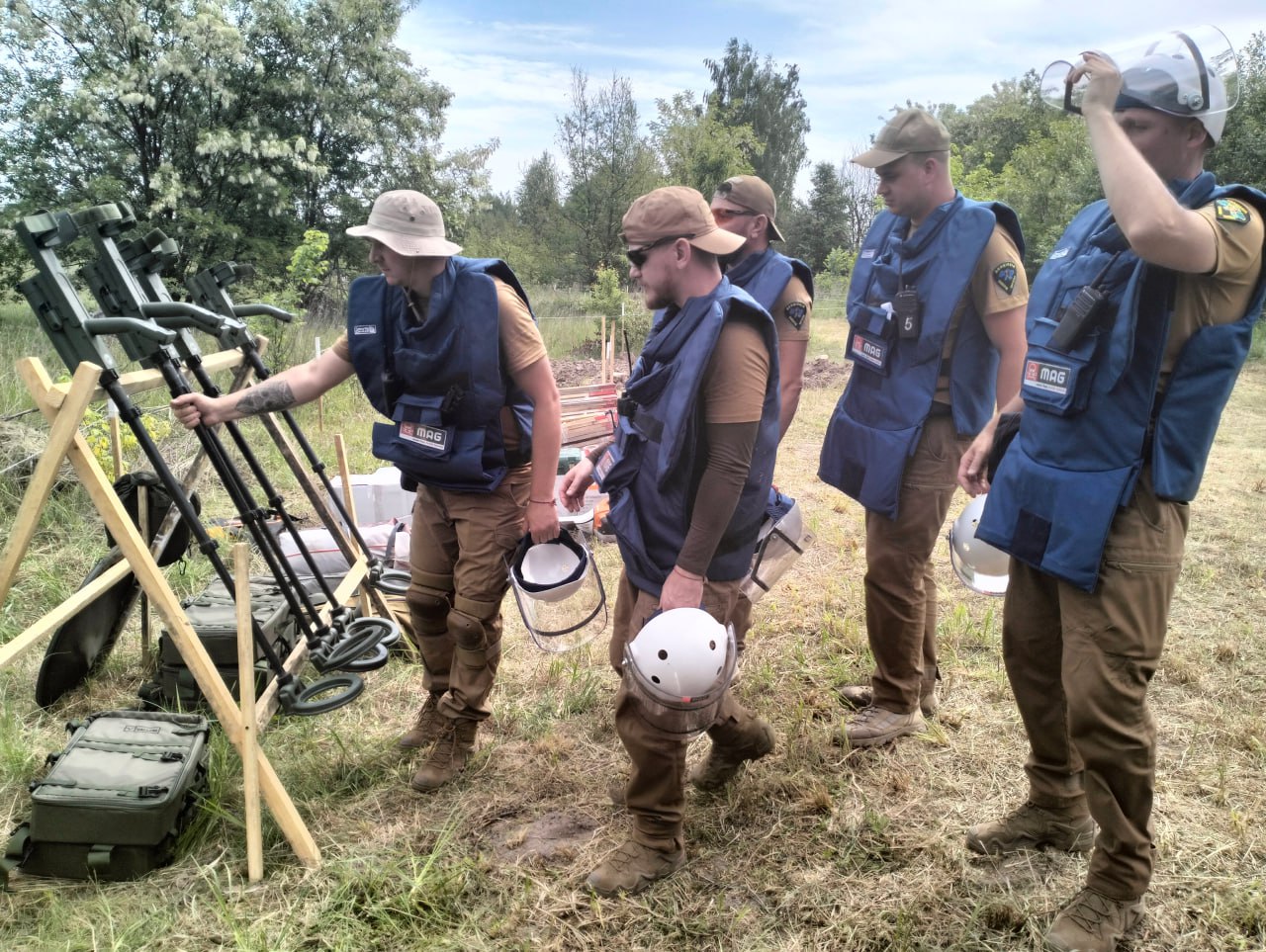
Certification process. Photo: UDA
To fill the gap in expertise, Ukrainian universities are launching new educational programs and training for local developers. For instance, in collaboration with the Ministry of Economy, the Kyiv School of Economics has opened an acceleration program for developers in humanitarian demining for the second time to foster innovative solutions. Kyiv Polytechnic Institute has partnered with the Japanese tech company Cognitive Research Labs Co., Inc. to establish a Humanitarian Demining Center at the university.
However, training alone isn't enough. The UDA leader believes that a sapper needs to work within an organization and understand its operational principles. Pistriuha also stresses that a lot depends on the specialist's experience:
"A sapper isn't just an individual; they need to be part of a certified demining organization. When we talk about training, the sapper should already be employed by the organization and trained according to its standard operating procedures. Only then can we say that after completing their training, they'll be able to work effectively," says Pistriuha.
The UDA chair offers an example: If a deminer who has worked for HALO Trust, the largest international humanitarian demining organization, comes to work with his association, they'll still need to learn and follow the UDA standard operating procedures. "HALO has a good training program, but it follows its own standards," Pistriuha explains.
Technology and human involvement
Ukraine is incorporating innovations at all stages, from artificial intelligence to advanced technologies, to speed up the demining. The initial survey stage involves visually inspecting the area and analyzing data about it, using drone images, open-source data, etc. The American company Palantir, known for its big data analytics and AI solutions, has joined this effort. Their program is expected to help digitize areas for demining and even suggest solutions for clearing them.
Among the technologies used are robotic ground vehicles and tractors designed for demining fields. These machines can be operated remotely; some are developed in Ukraine, while foreign partners supply others.
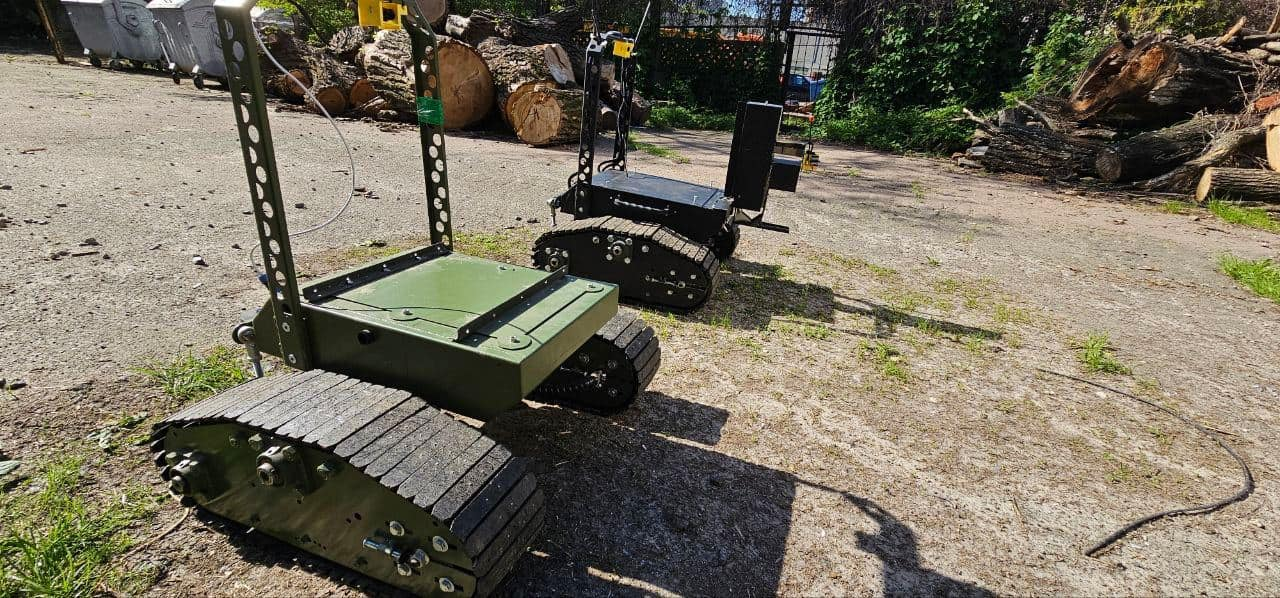
Ground robotic complex from the Ukrainian RoboTrack engineering team. Photo: Facebook
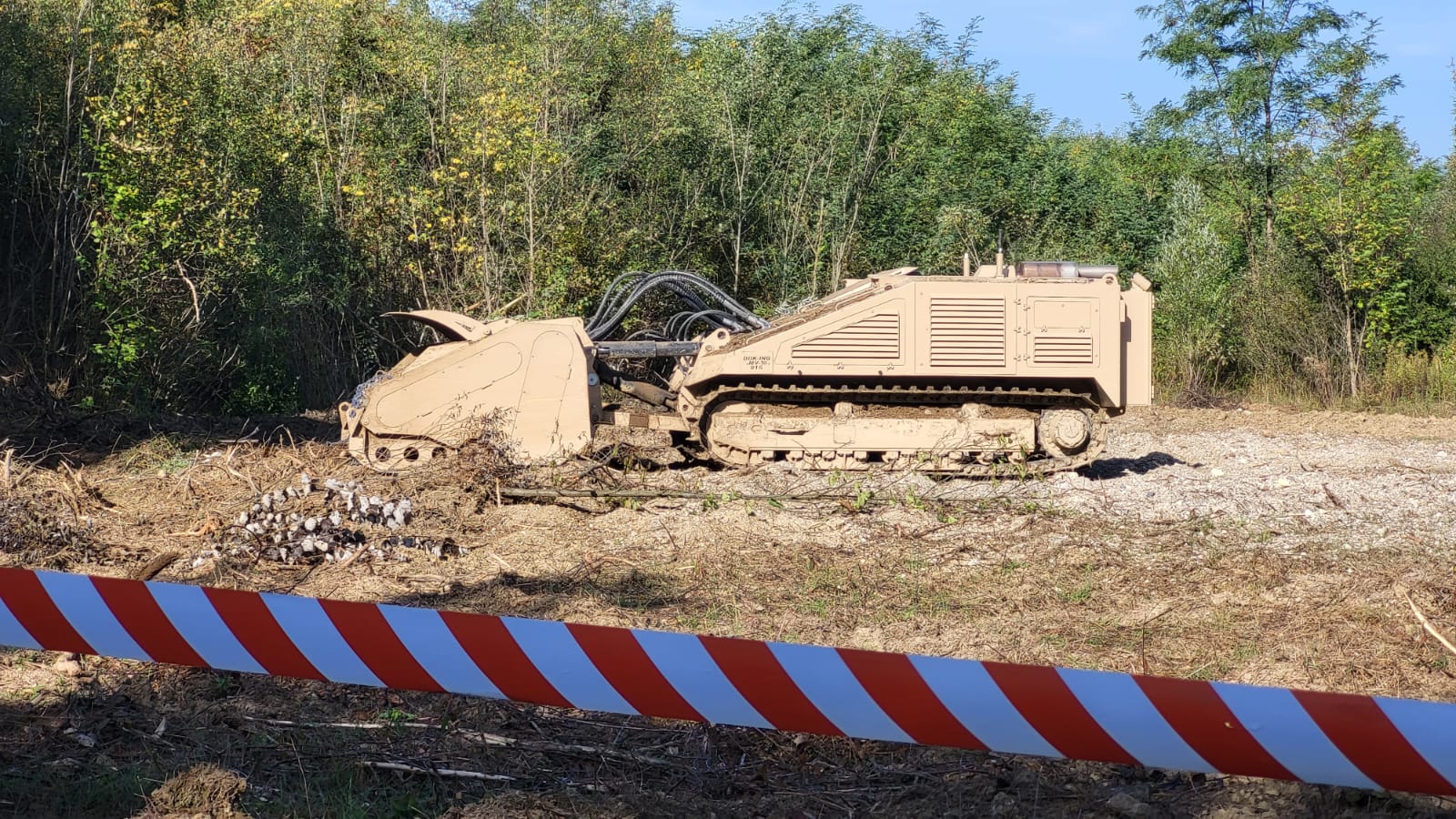
An example of an EOD robot with intelligent control. Photo: UDA
Ihor Bezkrovainyi, Ukraine's Deputy Economy Minister, points out that the number of machines Western partners provide needs to be increased. "We need hundreds, not just a few," he says.
Tymur Pistriuha, however, remains cautious about these innovations: "Unfortunately, technology cannot replace deminers. We need to be careful with innovations. Many startups don't fully understand the principles of demining. For instance, someone creates a drone loaded with various sensors and magnetometers. When I asked how it could be used in humanitarian demining, they asked me to tell them. I say it could only be used for the initial area survey."
The UDA chief says no deminer will take responsibility for the status of the area checked by a drone because it must be inspected by someone who can verify the work before the land can be declared safe. "How can a government body confirm that the land is clear? So, while innovations are being implemented, they won't replace sappers anytime soon," says Tymur Pistriuha.
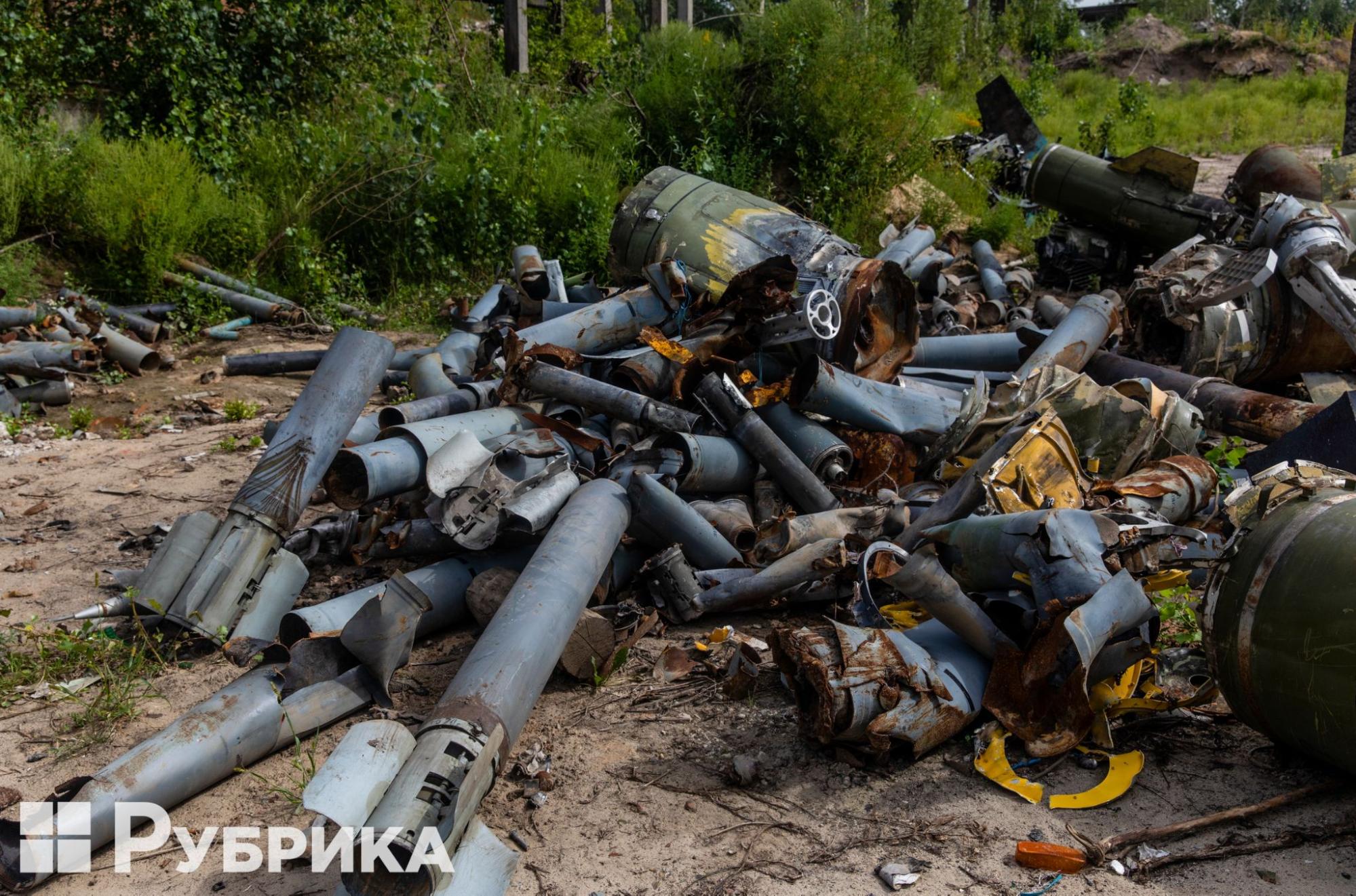
A heap of rocket shells and other war debris. Photo: Rybryka
Pistriuha adds that remotely operated robotic systems significantly help deminers do their work, but operators still need to walk the area with a metal detector to recheck it.
"This is because there could be an unexploded device that the machine didn't trigger but instead pushed deeper into the ground. How can you declare the area safe after that?" the UDA chair explains.
He also mentions that there have been instances where sapper dogs were sent in to double-check the area after machines worked on a field, and tragically, some of the dogs were killed.
Currently, demining operators are testing new types of automated mowers and soil preparation tools. According to Pistriuha, soil preparation is one of the biggest challenges, and sometimes sappers spend more time on this than on the actual metal detection.
How communities can support sappers?
Communities in Ukraine are the most affected by accidents involving explosive devices. The Main Department of Demining, Civil Protection, and Environmental Safety reports that the front-line Kharkiv region in Ukraine's northeast has recorded the highest number of victims.
During demining operations, sappers maintain contact with local and regional administrations. The Ukrainian Deminers Association believes that communities need to take action to help speed up the demining.
"We've noticed that different communities respond differently," says Pistriuha. "For instance, when our mine safety groups arrive to conduct training on explosive risk prevention, some villages or towns say, 'We don't need this; don't waste our time.' But others are eager, asking, 'Can we do this or that?'"
According to the UDA leader, operators have a choice and will only go where they are wanted. "We're not some religious sect going door to door, begging people to listen. That's why communities need to be proactive, show interest in humanitarian demining, and avoid mistakes with unqualified or uncertified deminers," says Tymur Pistruiha.
Demining may seem invisible and unobvious to ordinary Ukrainian citizens, as many areas remain uncleared, but that doesn't mean there's no progress; the scale of the tragedy is so vast that it can overshadow the progress being made.
"First and foremost, we need to end the war with our victory to begin the final demining process," the UDA leader says.






